Field Day at Millligan's Property, Dipton
A cold and windy afternoon greeted us as we gathered at Graham Milligan’s woolshed to hear about his current eucalyptus logging. 18 attendees listened to the first guest speaker, Greg Lindsay of Log Marketing, who spoke about buying eucalypts. Graham is currently logging a large amount of eucs. The Chinese market is chasing the A grade and pruned butts of 37+cm, to be used for furniture. They will also take the K grades which are used for veneer. Eucs were $40/t behind radiata export logs a few months ago, but are a bit better now and are giving the best price for many years. A boatload is sent once a month carrying up to 7,000m3. The Chinese are lenient on branching, allowing two or three knots up to 20cm in a 3m length. The Branxholme mill will take some non-export logs. 1,000t has been logged so far.
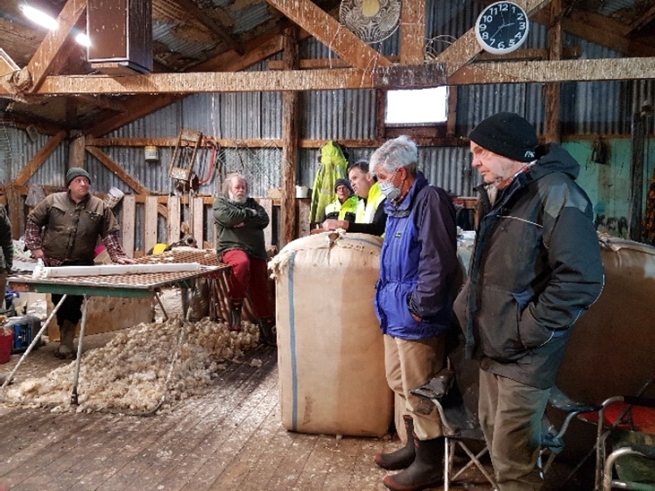
The issue with the large cut trunks is the splitting, so wax has to be sprayed on both ends to slow this. The logging team have to handle the wood carefully to minimise damage. A feller buncher is used for felling the trees, as well as some hand felling. Graham has a mixture of regnans and nitens eucs but they can be mixed for shipping.
Graham planted his first lot of eucs 36 or 37 years ago, on the advice of Dudley Franklin, and was holding on to them for a better market, but decided Log Marketing’s was the best offer he had received so far and would take the money. Pines had been grown within the euc plantations – the euc rows are 10m apart - and these had been harvested eight years ago. Graham mentioned that wide spacing is necessary for eucs to be able to grow in diameter. The flat, lower altitude plantations have also been used for grazing. Graham will replant in eucs.
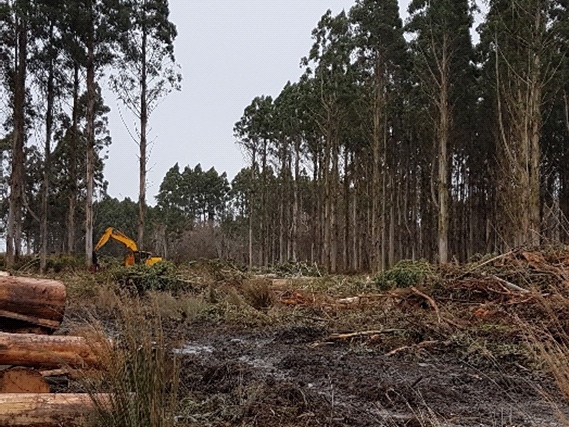
Our first stop on the tour was at the skid site. There were impressive logs to be seen and watching the felling and processing was fascinating. Greg said the piles of slash would be burnt, as there is currently no demand for biofuel. The cost of harvesting has gone up, largely due to the rise in fuel prices, costing an extra $4/t. The advantage for the harvesting crew on this job is that the trees are heavy – 2- 3t a butt, or 5-6t each tree – but the disadvantages of eucalypt harvesting are that it is very hard on gear especially on the chains, the limbs on trees are problematic, and each end of a log has to be sprayed, a manual process requiring frequent cleaning of the spray equipment as it clogs easily with the wax.
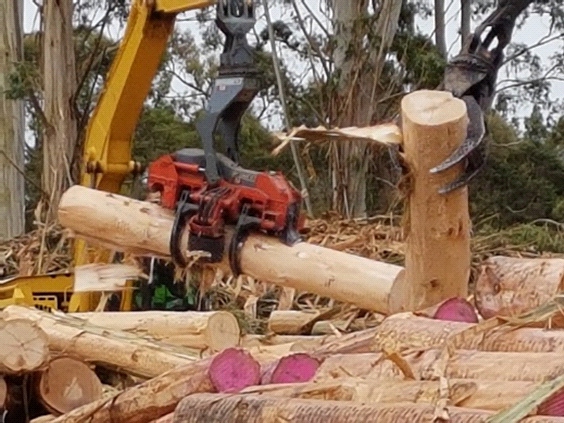
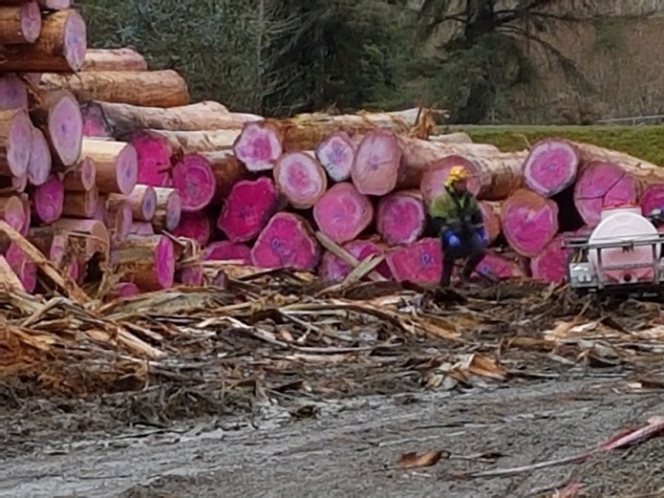
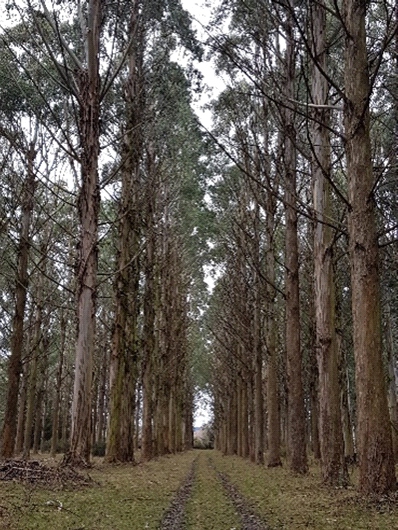
At our final stop on the tour, we viewed a radiata site which had been logged last year. Warren Heslip (Heslip Forest Contracting) had organized that job and talked to us about it. The incidence of wildings and attack by hylastes (bark beetle) seems to be a matter of chance – sometimes it happens, sometimes it doesn’t. Graham will replant here in October, after letting the gorse and broom grow up and spraying it in September. An adjacent site logged four years ago had been sprayed for broom, and the wildings had been hand-pulled at a cost of between $280-340/ha (using saws/loppers would cost between $500-600/ha).
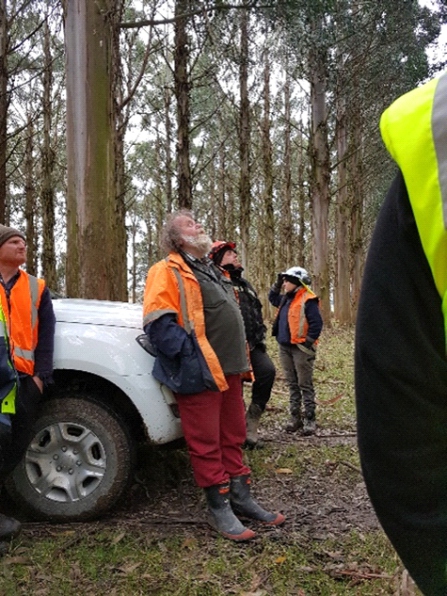
Many thanks to Graham for arranging a very interesting afternoon.
